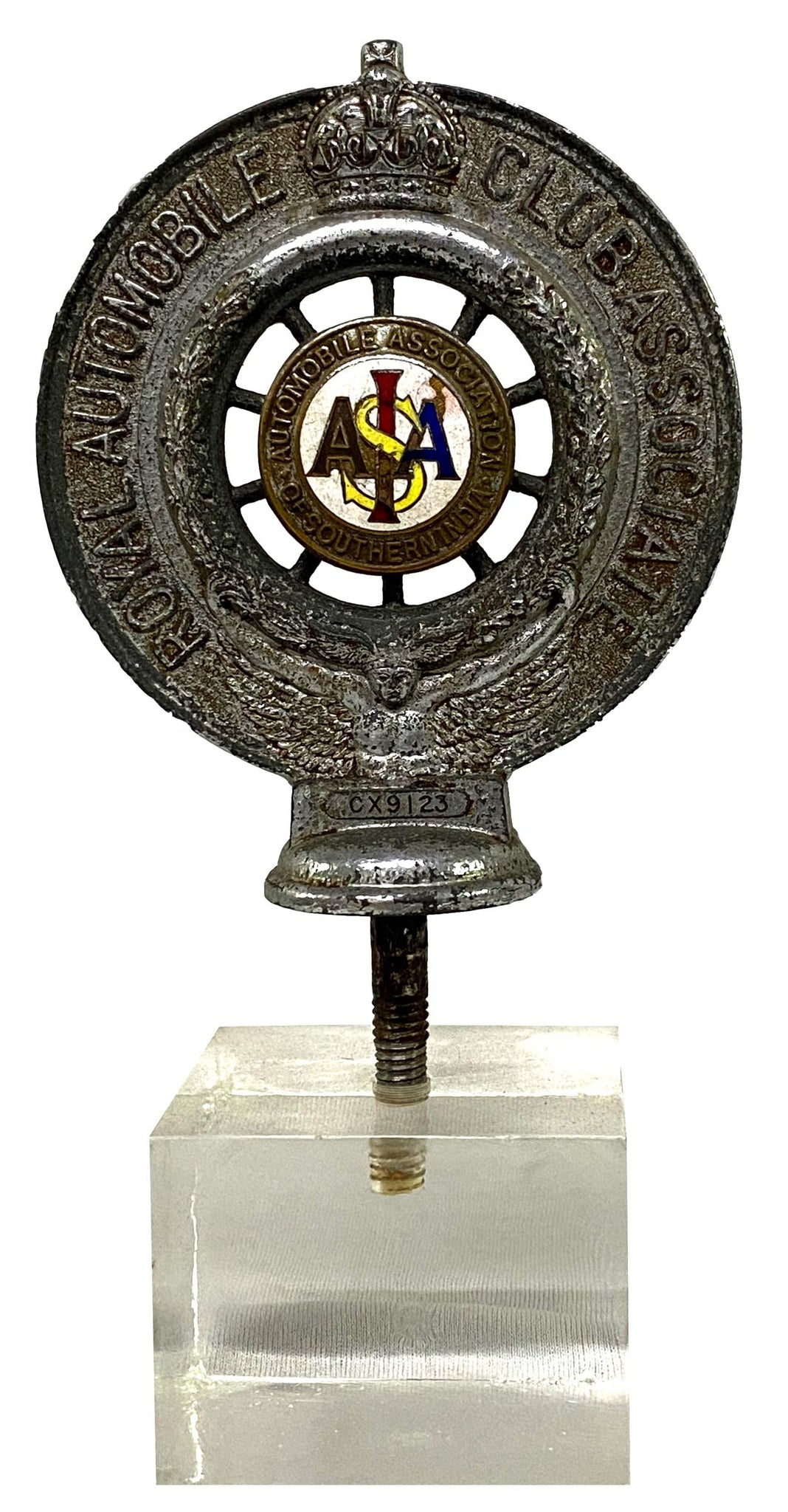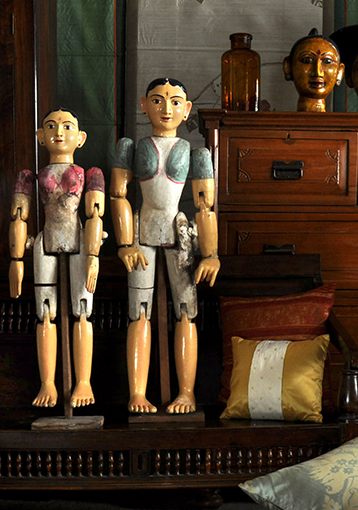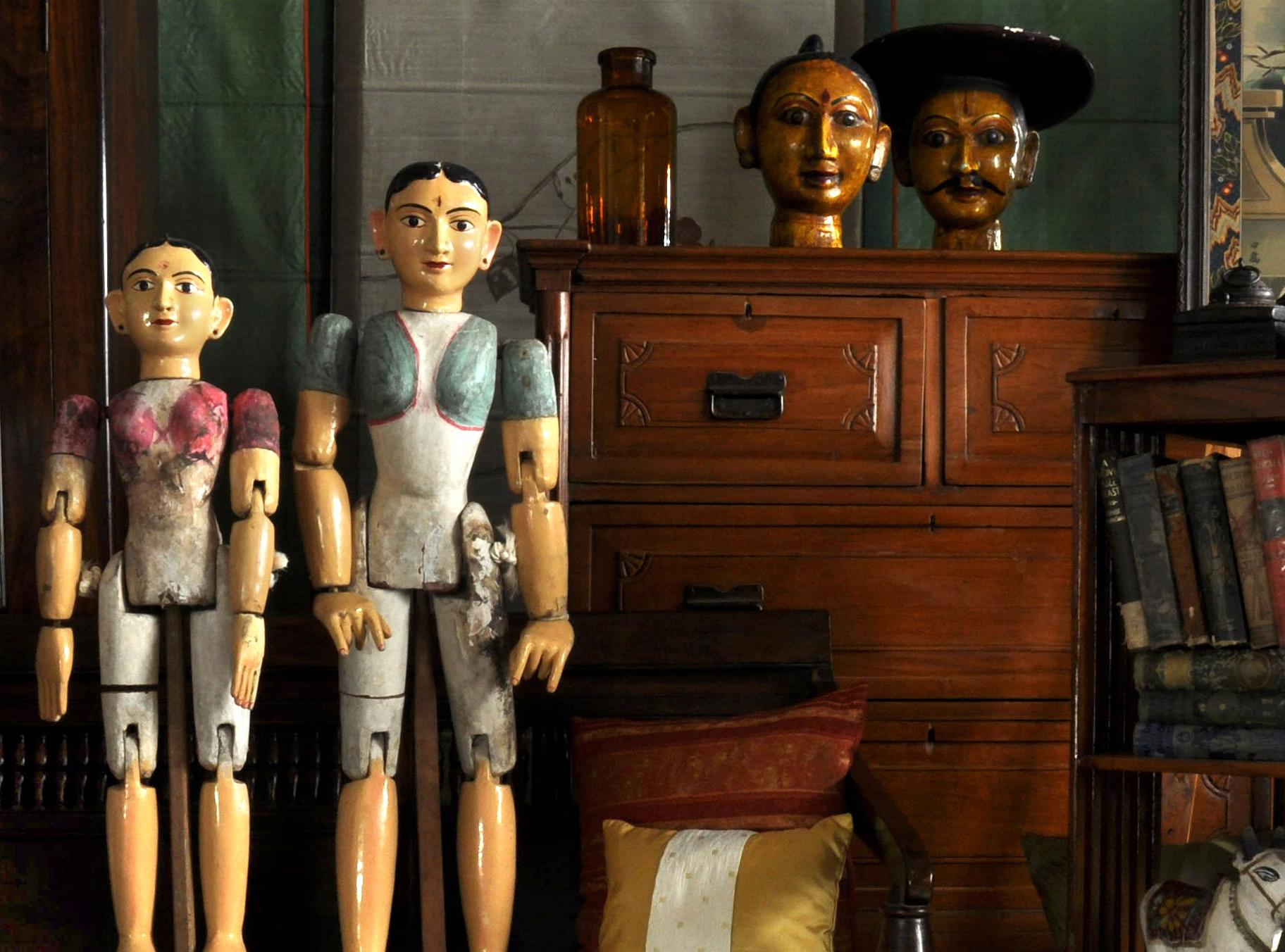- Home
- Royal Automobile Association Badge
Loading...
Royal Automobile Association Badge
(inclusive of taxes)
All orders are insured for transit.
We ship worldwide.
All orders are insured for transit.
We ship worldwide.
Details
| Size (WxDxH): | 3.75 x 2.5 x 7.5 inches |
| Material: | Chromed Brass and Enamel |
| Period: | Early 1900s |
Description
This Royal Automobile Association car grille badge is a precious remnant from the early 1900s. The words “Royal Automobile Club Associate” on the outer rim flank the crown etched at the top, and a winged Hermes at the bottom. Hermes is an Olympian deity in Greek mythology (also called Mercury in Roman mythology). He was able to move quickly and freely between the worlds of the mortal and divine aided by his winged sandals, and hence, was considered the God of speed, roads and travelers. In the badge, the enamel centre plate with the ASA logo is circled by the words “Automobile Association Of Southern India” on the inner rim. Below Hermes, is the inscription CX9123. On the back of the badge, it says “Property of R.A.C.” on top and “The Patent Die Casting Co London N.W.10” at the bottom. The acrylic stand was newly made to display the piece. The size of the badge is 3.75 x 5.5 inches. With the stand, the dimensions are 3.75 x 2.5 x 7.5 inches.
The Royal Automobile Club (RAC) was founded in 1897, as a British private social and athletic club. It was initially called the Automobile Club of Great Britain and Ireland. King Edward VII's interest in motoring led to the command in 1907, for it to be renamed as The Royal Automobile Club. Back in 1901, the RAC introduced uniformed mobile patrolmen mounted on Matchless motorbikes with sidecars, at laybys and major road junctions. Members' cars were identified by a metal club badge usually affixed to the radiator grille and the patrolmen would come to attention and salute as a member drove past. Allegedly, sometimes the patrolmen would not salute when driving past, to warn the member that they were about to encounter a police speed trap.
The Royal Automobile Club (RAC) was founded in 1897, as a British private social and athletic club. It was initially called the Automobile Club of Great Britain and Ireland. King Edward VII's interest in motoring led to the command in 1907, for it to be renamed as The Royal Automobile Club. Back in 1901, the RAC introduced uniformed mobile patrolmen mounted on Matchless motorbikes with sidecars, at laybys and major road junctions. Members' cars were identified by a metal club badge usually affixed to the radiator grille and the patrolmen would come to attention and salute as a member drove past. Allegedly, sometimes the patrolmen would not salute when driving past, to warn the member that they were about to encounter a police speed trap.
-
Description
Read MoreThis Royal Automobile Association car grille badge is a precious remnant from the early 1900s. The words “Royal Automobile Club Associate” on the outer rim flank the crown etched at the top, and a winged Hermes at the bottom. Hermes is an Olympian deity in Greek mythology (also called Mercury in Roman mythology). He was able to move quickly and freely between the worlds of the mortal and divine aided by his winged sandals, and hence, was considered the God of speed, roads and travelers. In the badge, the enamel centre plate with the ASA logo is circled by the words “Automobile Association Of Southern India” on the inner rim. Below Hermes, is the inscription CX9123. On the back of the badge, it says “Property of R.A.C.” on top and “The Patent Die Casting Co London N.W.10” at the bottom. The acrylic stand was newly made to display the piece. The size of the badge is 3.75 x 5.5 inches. With the stand, the dimensions are 3.75 x 2.5 x 7.5 inches.
The Royal Automobile Club (RAC) was founded in 1897, as a British private social and athletic club. It was initially called the Automobile Club of Great Britain and Ireland. King Edward VII's interest in motoring led to the command in 1907, for it to be renamed as The Royal Automobile Club. Back in 1901, the RAC introduced uniformed mobile patrolmen mounted on Matchless motorbikes with sidecars, at laybys and major road junctions. Members' cars were identified by a metal club badge usually affixed to the radiator grille and the patrolmen would come to attention and salute as a member drove past. Allegedly, sometimes the patrolmen would not salute when driving past, to warn the member that they were about to encounter a police speed trap.
-
Details
Size (WxDxH): 3.75 x 2.5 x 7.5 inches Material: Chromed Brass and Enamel Period: Early 1900s -
Returns
We accept returns within 7 days of delivery if the item reaches you in damaged condition. -
Shipping
Shipping costs are extra, and will be calculated based on the shipping address.All orders are insured for transit.
We ship worldwide.
This item has been added to your shopping cart.
You can continue browsing
or proceed to checkout and pay for your purchase.
This item has been added to your
shopping cart.
You can continue browsing
or proceed to checkout and pay for
your purchase.
This item has been added to your wish list.
You can continue browsing or visit your Wish List page.
Are you sure you want to delete this item from your Wish List?
Are you sure you want to delete this
item from your Wish List?


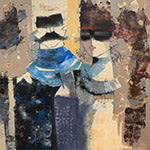
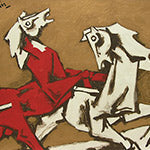

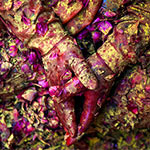
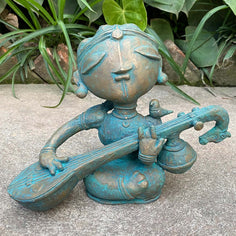
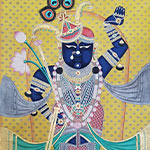
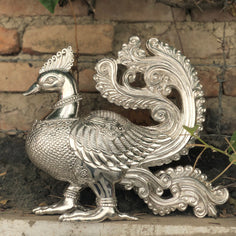
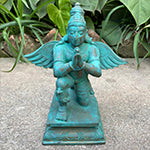
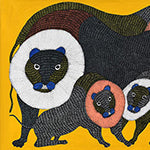

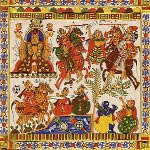
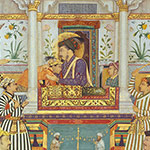
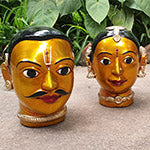

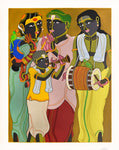
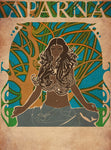
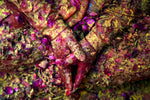
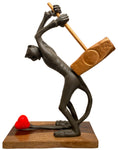
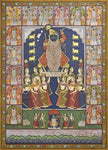
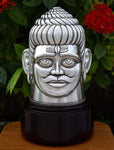


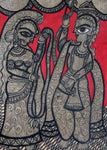
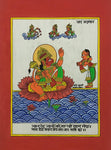
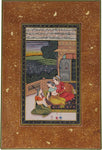
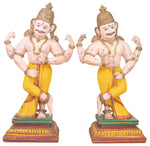
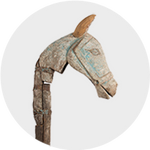
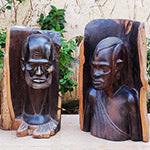
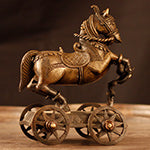
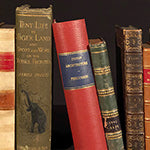
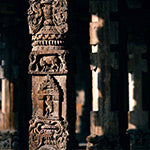
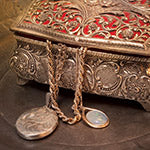
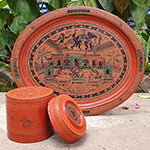
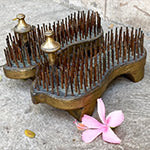
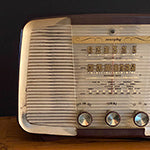
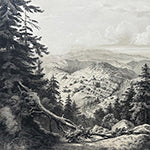
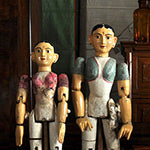
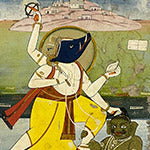
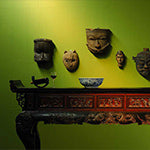
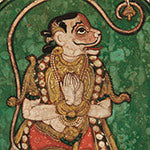

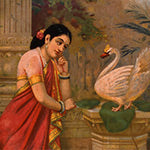
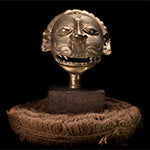
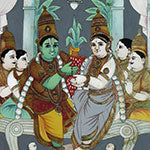
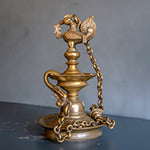
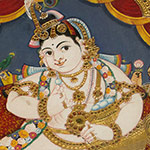
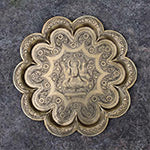
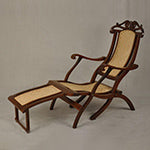
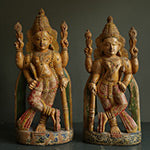


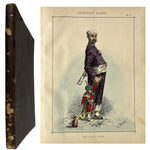

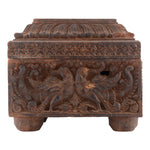
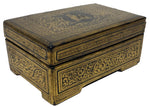
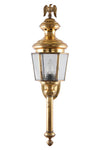

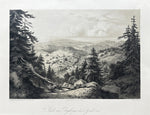


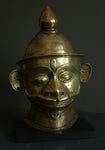
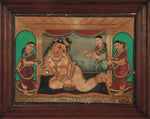
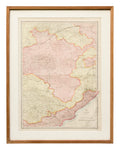
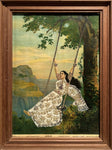

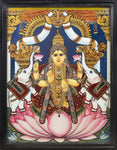

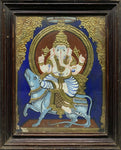
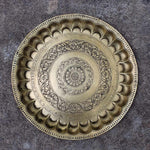
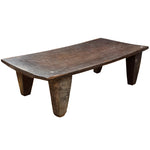
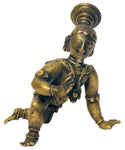


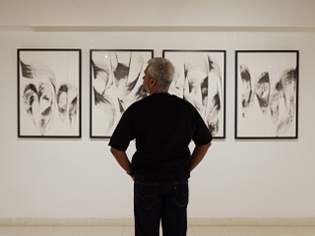





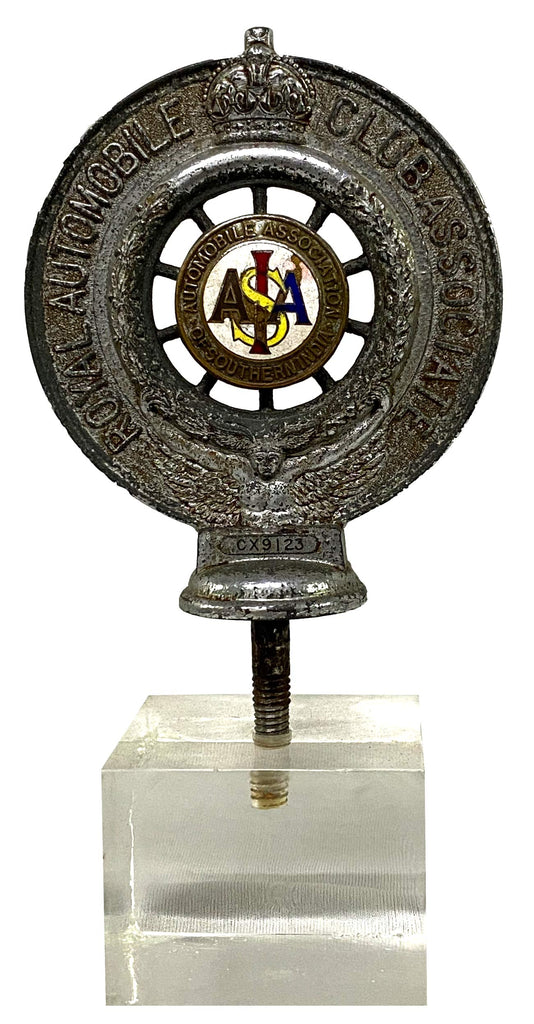
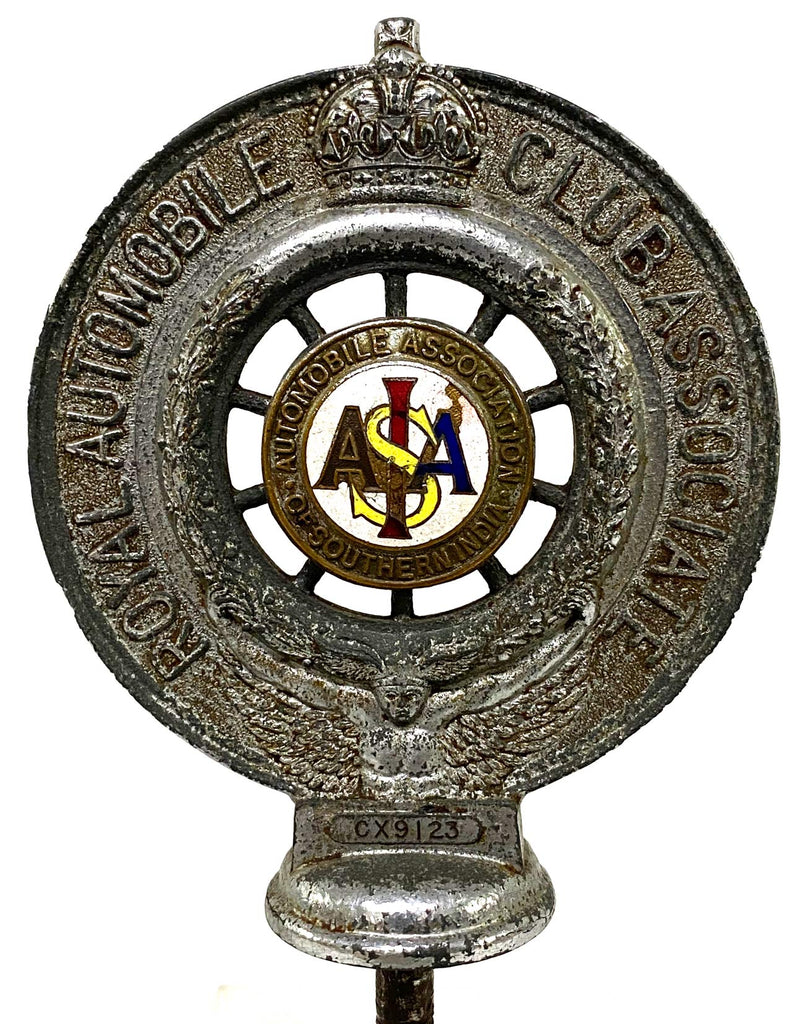
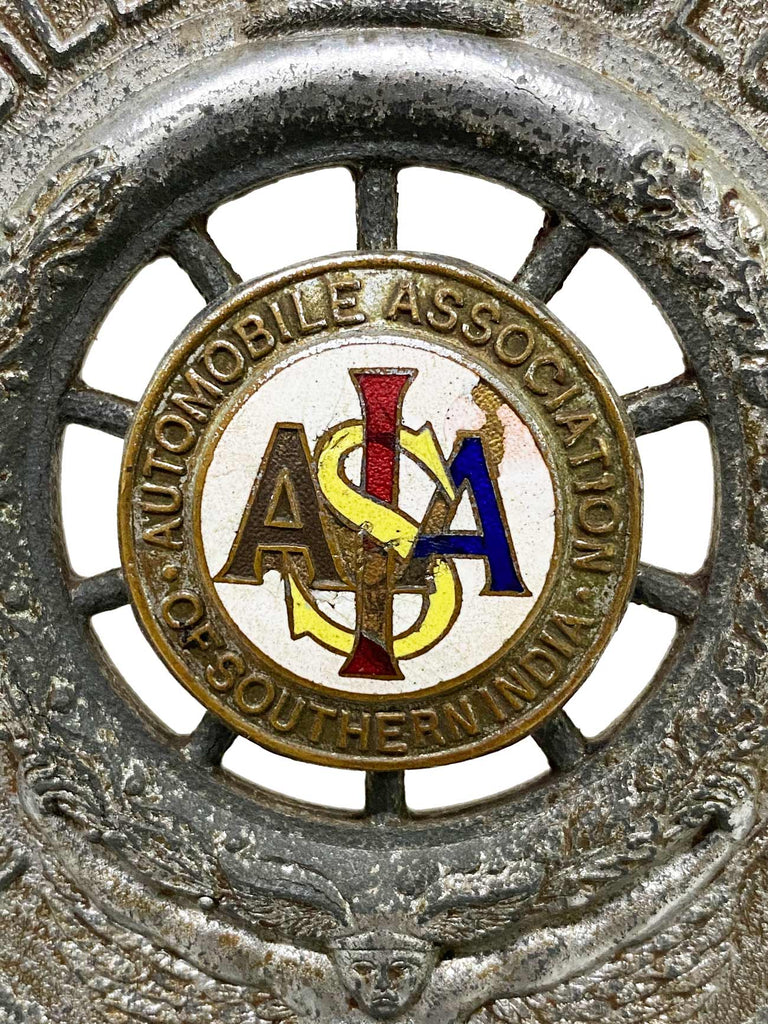
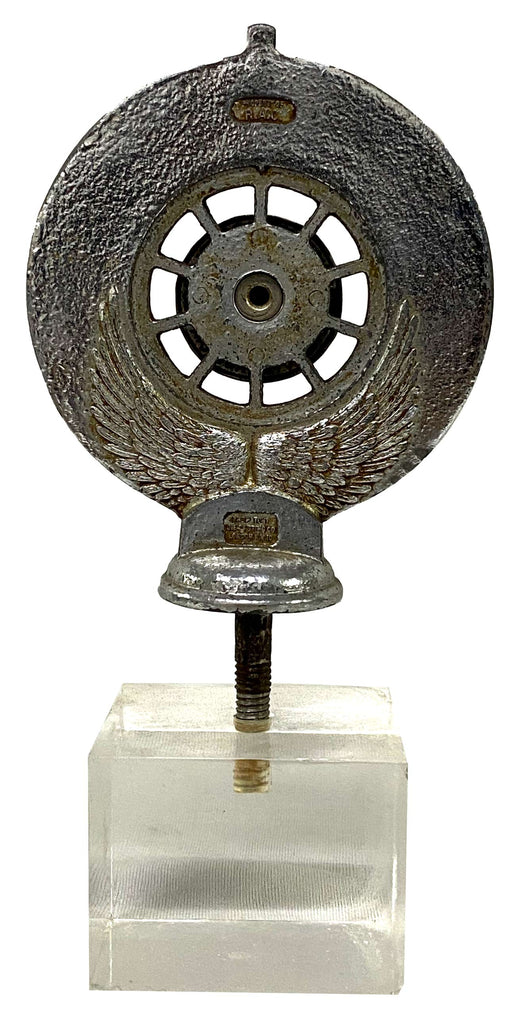
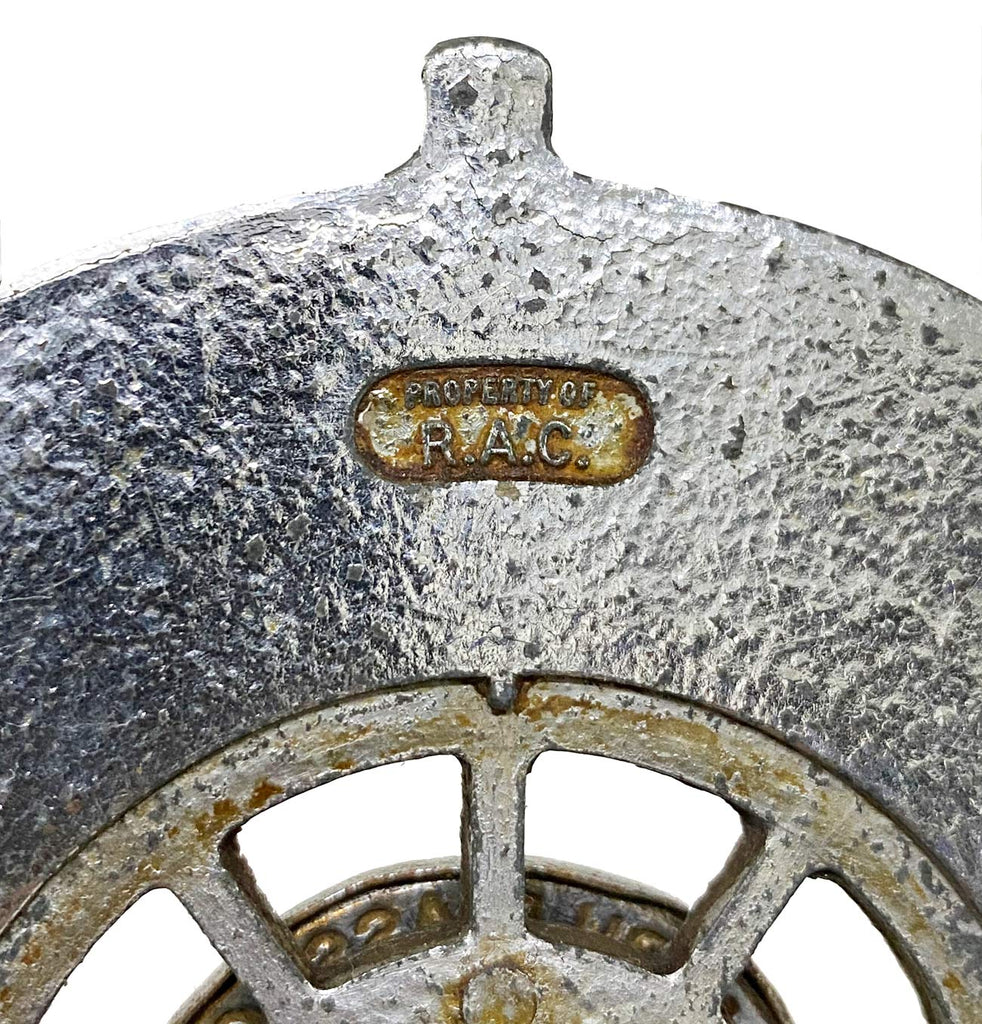
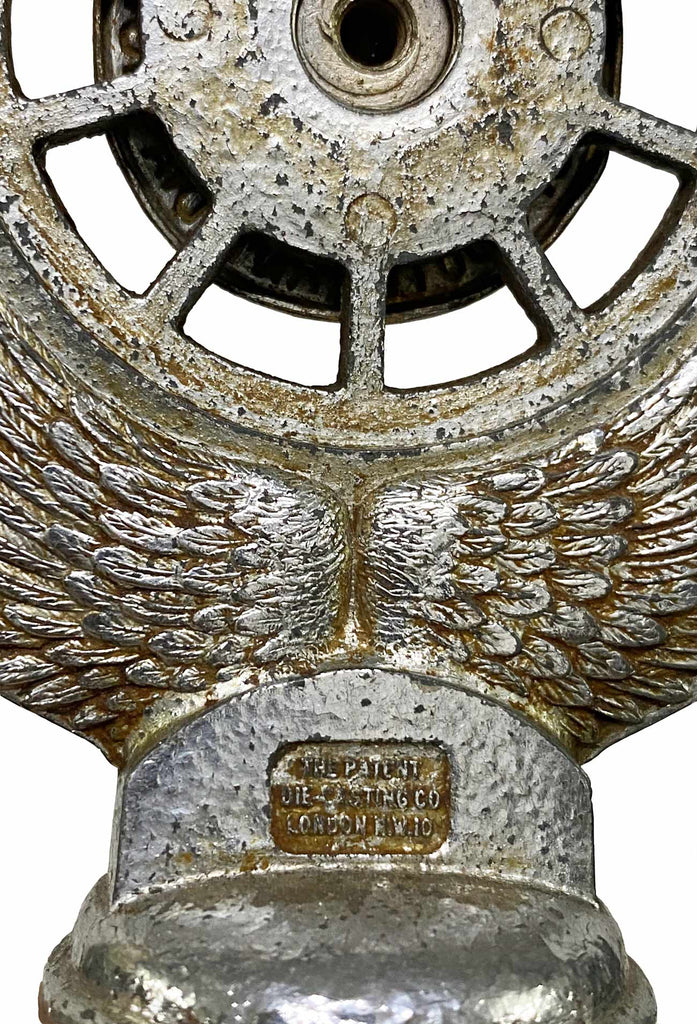
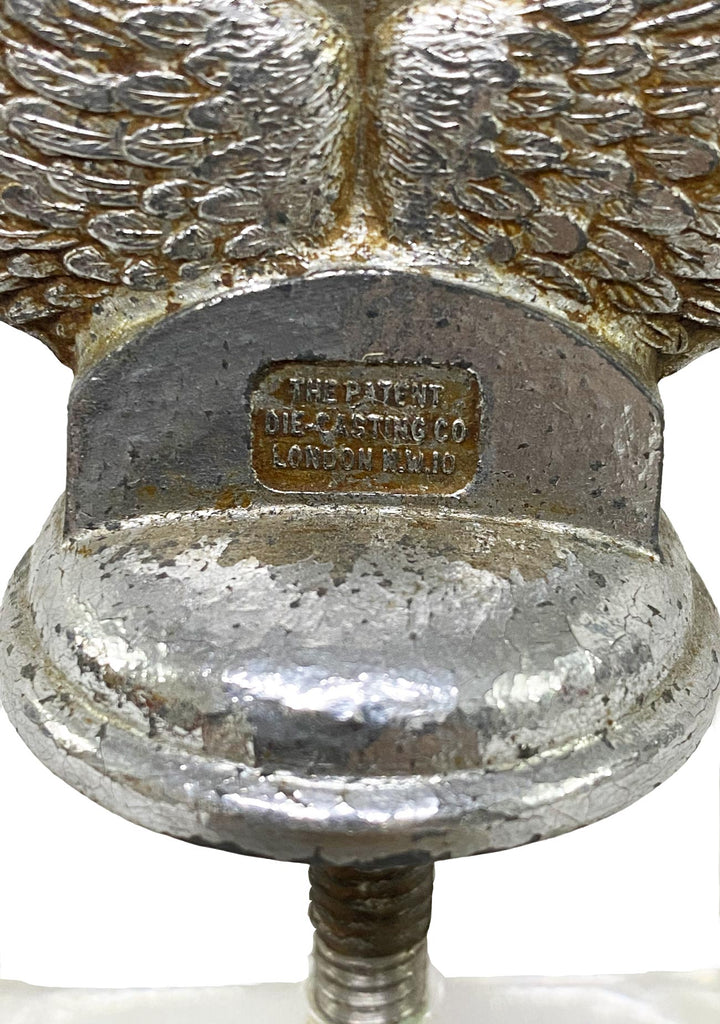
 View Full Screen
View Full Screen
